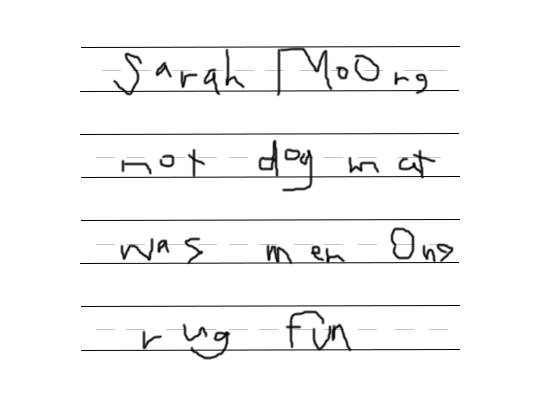What is Dyslexia?
Dyslexia is a term that has been heard much more frequently in education over the last two years.
This has occurred for two primary reasons.
Legislation passed in many states, and correspondence from the U.S. Department of Education, allowed the use of the word dyslexia to be used in the classification of children for special education services as well as in student screening and intervention. |
|
Extensive research has provided information that is being used to develop dyslexia screening tools and guide the provision of intervention to children and adults. |
 |
Click to enlarge |
This research has provided additional information about the dyslexia continuum that exists from very mild to very severe. We know that dyslexia is a specific learning disability that is neurological, or brain-based, and is found in approximately 15-20% of the population.
Dyslexia is a lifelong condition and at this point can’t be prevented or cured. Research has indicated that particular genes contributes to dyslexia and fMRI studies have been underway to develop a better understanding of how to identify dyslexia. Functional MRI also allows researchers to chart the progress of children who receive targeted intervention in longitudinal studies.
Because dyslexia is most often connected to language and reading, children and adults with dyslexia often have specific strengths and weaknesses.
Older children:
Dyslexia presents many challenges for children in school, typically beginning in kindergarten when skills such as rhyming and sound-letter associations are introduced. These students may be unable to accurately identify or repeat auditory information such as letter names and sounds, even after multiple attempts. Particularly confusing for parents and teachers is the child who appears to have mastered a skill only to have it “disappear” later.
Children with dyslexia may exhibit an inability to distinguish left and right and may be unaware that shoes are on the wrong foot or clothing is on backward. They may need assistance to find locations such as classrooms, bathrooms, or offices, even if they have been there many times before. This is sometimes referred to anecdotally as “directional dyslexia” and although a very common childhood developmental stage, it can be an indicator of dyslexia if such challenges continue past age 7.

Poor handwriting and spelling is another indication of this language-based disorder. Students may have difficulty with appropriate spacing and forming letters, resulting in writing that may be almost impossible to read.
Children with dyslexia may continue to experience problems with reversals of letters and numbers past third grade, and poor spelling can be an indicator that the student is not benefiting from instruction. When students routinely fail weekly spelling tests after hours of practice, teachers should investigate further to determine if the pattern constitutes a profile for dyslexia.
Dyslexia not only impacts academic achievement but may include a social and emotional component as well. Students who are unable to keep pace with their peers and begin to fail may develop anxiety and depression.
Children who were once cheerful and curious may begin to develop avoidance strategies or negative behaviors to avoid reading or exams, such as:
Some students find ways to rely on other students or adults with the goal to avoid being embarrassed. For many children, it is better to be viewed as bad or lazy than stupid.
Many children with dyslexia, however, go to great lengths to hide their struggles and may appear quite the opposite. They are often some of the most creative and resourceful students in the classroom and may excel at verbal or kinesthetic tasks. These students can be very social and humorous and may have excellent leadership skills. A list of famous people with dyslexia includes entrepreneurs, entertainers, and inventors.
-
Albert Einstein
-
Muhammad Ali
-
Pablo Picasso
-
Whoopi Goldberg
-
Steven Spielberg
-
Orlando Bloom
-
Steve Jobs
-
Anderson Cooper
-
Jennifer Aniston
-
Nikola Tesla
-
Leonardo da Vinci
-
Galileo Galilei
|
|


